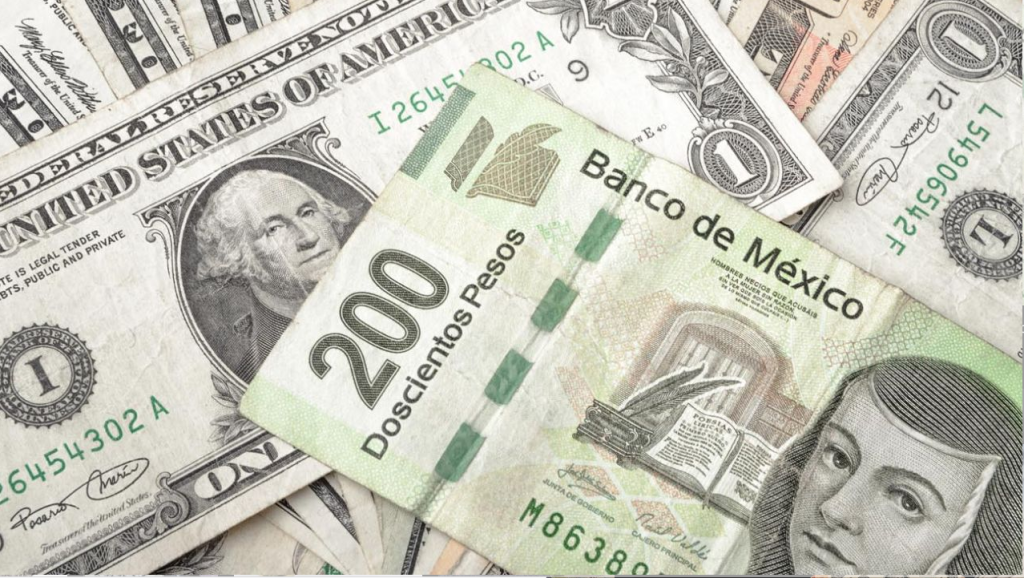Quick overview
The Mexican peso ended slightly lower against the U.S. dollar on Friday, weighed down by renewed market jitters following the announcement of new U.S. tariffs on dozens of trade partners—including key countries like Canada, Brazil, India, and Taiwan.

The exchange rate closed at 18.8886 pesos per dollar, compared to 18.8680 the previous day, according to data from Mexico’s central bank (Banxico). This marks a modest daily decline of 2.06 centavos, or 0.11%.
The dollar traded in a wide range during the session, between a high of 18.9810 and a low of 18.5109 pesos. Meanwhile, the U.S. Dollar Index (DXY), which measures the greenback against six major currencies, dropped 1.24% to 98.82 points.
USD/MXN
Tariff Anxiety and U.S. Job Data Drive Volatility
Although President Donald Trump granted Mexico a 90-day extension before imposing tariffs on its exports, he raised duties on several other countries, sparking concerns about broader economic fallout.
The peso initially tumbled to its weakest level in over a month but pared losses after weaker-than-expected U.S. job data. Nonfarm payrolls rose by just 73,000 in July, while the unemployment rate ticked up slightly to 4.2%, easing some pressure on the peso.
Following the report, traders increased their bets on a September rate cut by the Federal Reserve, with odds jumping to 90% from 45% before the data. A Fed rate cut could help support the peso—especially as Banxico is also expected to ease policy further in 2025, with markets now pricing in up to 50 basis points of cuts.
Weekly Loss and Year-End Outlook
For the week, the peso posted a sharp 1.84% loss, retreating from 18.5469 last Friday to 18.8886—an overall drop of 34.17 centavos.
A Banxico survey released Friday showed that analysts now expect the peso to close the year at 19.80 per dollar, which would imply a roughly 4.8% decline from current levels. Still, this outlook is slightly more optimistic than the previous forecast of 20.13.
